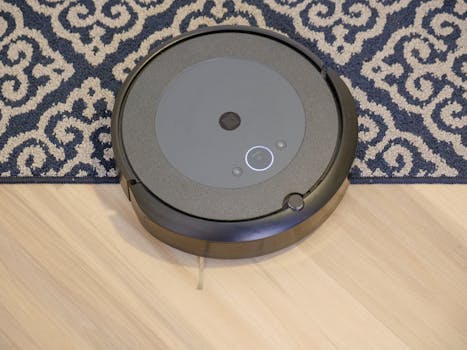
Smart Homes and Smart Living: The Technological Transformation of European Homes by 2025
Smart Homes and Smart Living is the future of living, and it’s here to stay. With the rapid advancement of technology, European homes are on the verge of a major transformation. By 2025, homes will be equipped with cutting-edge technology, making life easier, more convenient, and sustainable. In this article, we’ll explore the latest trends and innovations in smart homes and smart living, and how they will impact the way we live.
Introduction to Smart Homes and Smart Living
Smart homes and smart living refer to the integration of technology and automation in homes to make life more convenient, comfortable, and sustainable. With the use of sensors, cameras, and other devices, homes can be controlled and monitored remotely, making it easier to manage energy consumption, security, and other aspects of home life.
Current Trends in Smart Homes and Smart Living
Currently, there are several trends in smart homes and smart living that are gaining popularity. Some of these include:
- Home automation systems that can control lighting, temperature, and security
- Energy-efficient appliances and devices that can help reduce energy consumption
- Smart speakers and voice assistants that can control smart devices and provide information
- Smart home security systems that can detect and prevent intrusions
Future of Smart Homes and Smart Living
By 2025, smart homes and smart living will have become even more advanced and integrated. Some of the future trends and innovations include:
- Artificial intelligence and machine learning that can learn and adapt to a person’s habits and preferences
- Internet of Things (IoT) devices that can connect and communicate with each other
- 5G networks that can provide faster and more reliable connectivity
- Augmented and virtual reality that can enhance the home living experience
Benefits of Smart Homes and Smart Living
The benefits of smart homes and smart living are numerous. Some of the advantages include:
- Increased convenience and comfort
- Improved energy efficiency and reduced energy consumption
- Enhanced security and safety
- Increased property value and appeal
Challenges and Limitations of Smart Homes and Smart Living
While smart homes and smart living offer many benefits, there are also some challenges and limitations to consider. Some of these include:
- High upfront costs and investment
- Complexity and technical issues
- Privacy and security concerns
- Dependence on technology and potential for bugs and glitches
Conclusion
In conclusion, smart homes and smart living are the future of living, and they’re here to stay. With the rapid advancement of technology, European homes will be transformed by 2025, making life easier, more convenient, and sustainable. While there are challenges and limitations to consider, the benefits of smart homes and smart living far outweigh the drawbacks. As we move forward, it’s essential to stay informed and adapt to the latest trends and innovations in this field.






